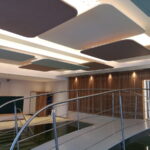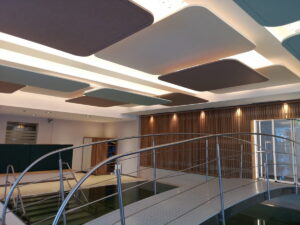
SIPs are well known in the construction industry as an innovative way to construct energy efficient and durable structures at a comparative advantage. These laminated panels that include a polyurethane or polystyrene foam and two outer layers of structural facings offer good insulation, strength, and lasting value.
Making the right choice of SIP panels for your construction
Identify the types of the basic materials
The core of an sip panel may be defined as the central structural frame that impacts the facilities’ performance most of all. It has good insulation properties and is not easily affected by moisture. Despite this, it has a lower R value per inch than polyurethane foam, although it has denser scores than the latter. It is important to compare the choice of the following basic materials with individual needs, budgets, and climate conditions of the region.
Evaluate the facing materials
The facing materials of the SIP panels positively contribute to the structural strength and longevity of the product. Some common facing options are the oriented strand board (OSB), the plywood, and the metal. OSB is the most preferred of all the facing materials because of its price and acceptable structural characteristics. It offers sufficient load bearing capacity for most residential and light commercial constructions.

Ensure suitable certification and testing of the specialists
Ensure that the SIP panels you are considering purchasing have been checked properly and have some certifications. It ensures that the panels meet various basic and essential requirements in the building industry, such as quality, safety, and performance. Search for the panels that have gained some accreditation from some certified bodies. Some accreditations to look for include fire rating classification, structural performance, and energy rate classification. The certification guarantees the quality of the panel and confirms that they follow the building codes.
Assess the panel size and customization option
SIP panels are produced in numerous sizes, and the right one for use will depend on the given project. Bigger panels can be aluminum cladding open construction quicker; however, they might demand sophisticated equipment for moving and attaching them. Think of the type of customization that they provide from their manufacturers. A typical advantage of having panels cut to precise sizes is that much time and materials can be saved during construction.
Summary
Choosing the right SIP panel calls for attention to factors like cores and facings, certification, insulating capability, panel size, manufacturer, green impact, and total cost. Thus, evaluating these aspects will help you select SIP panels that will balance performance, longevity, and cost for your construction project.









